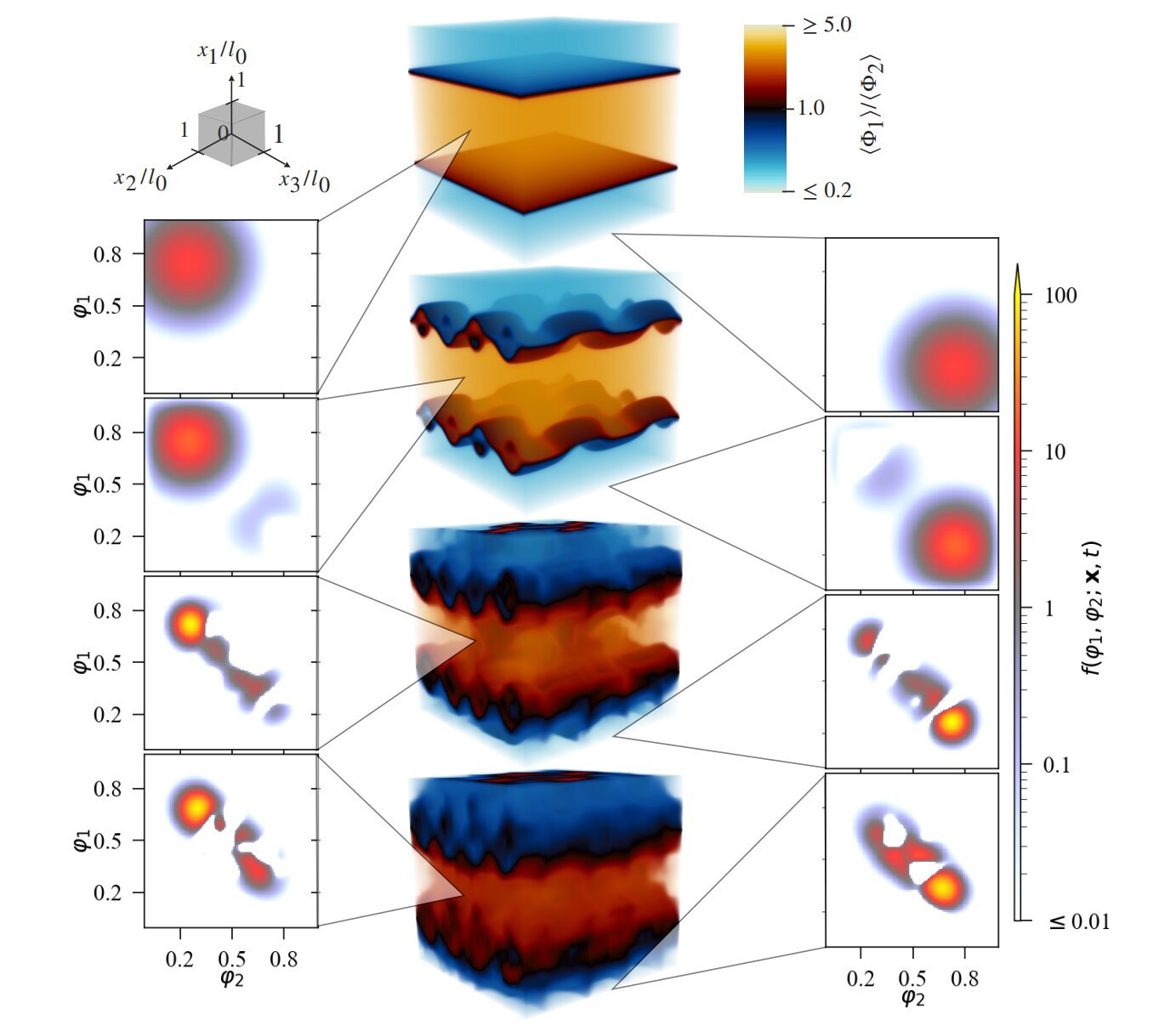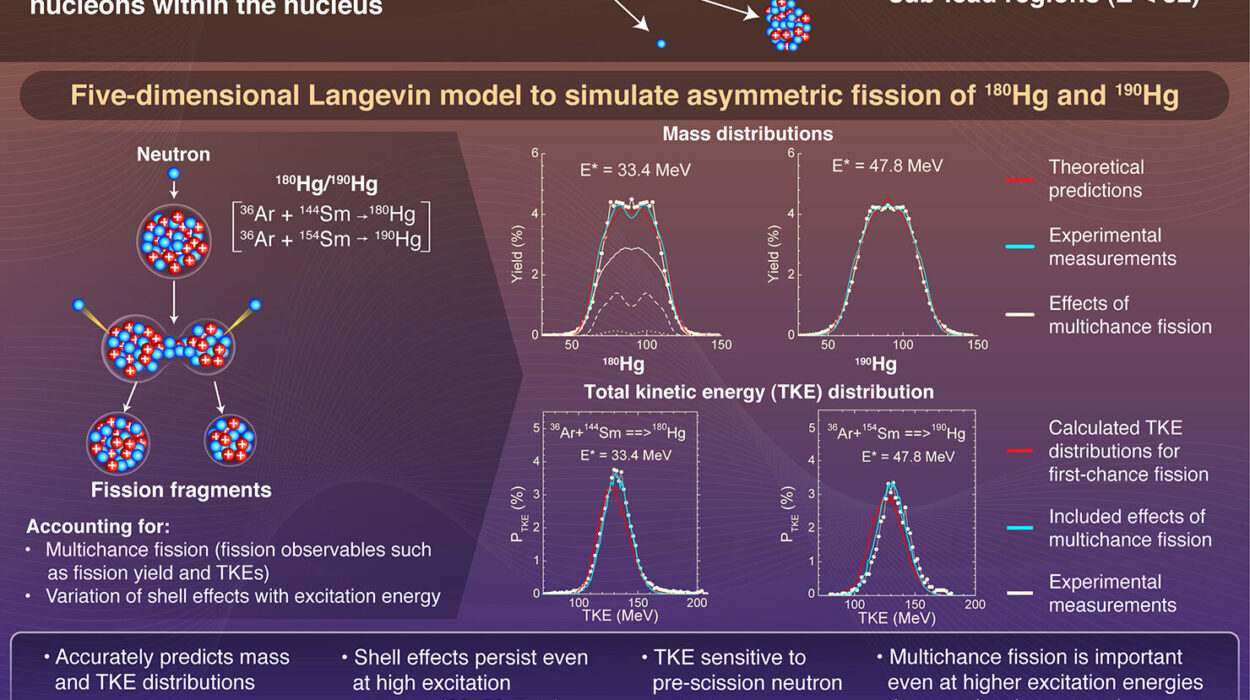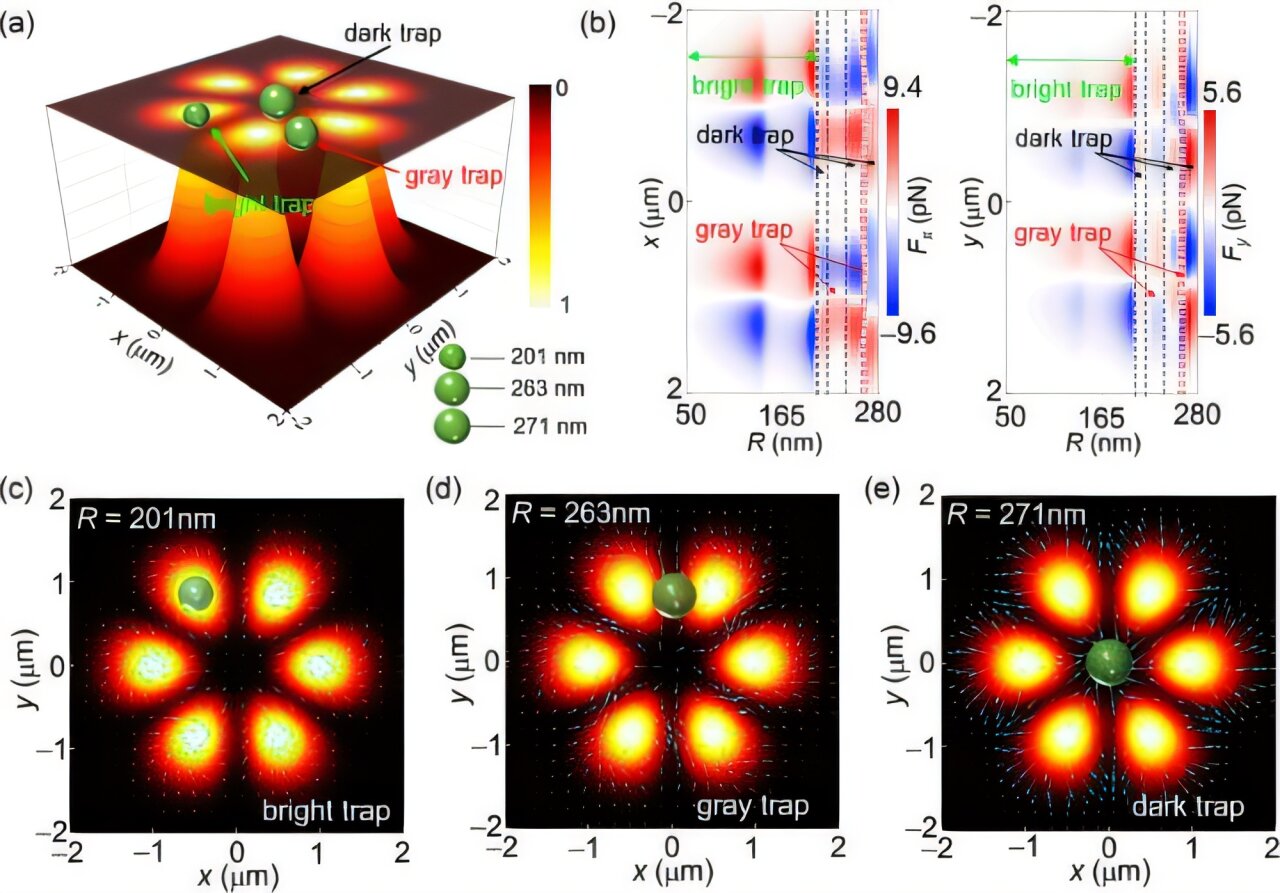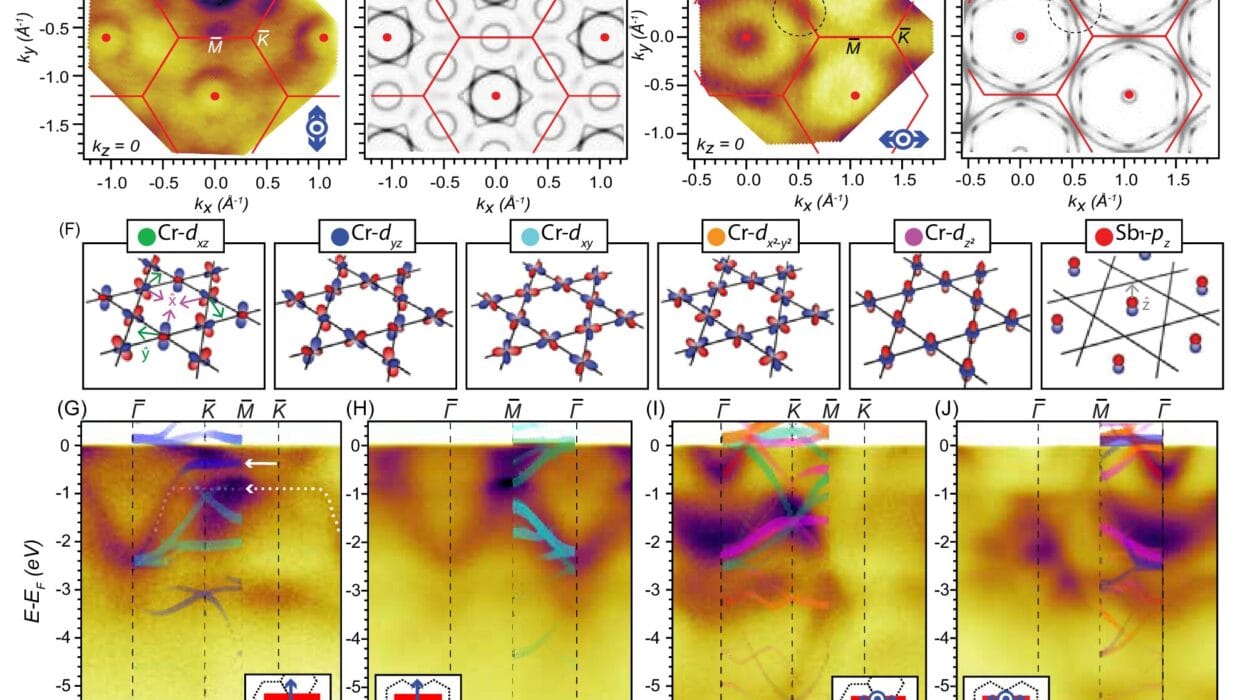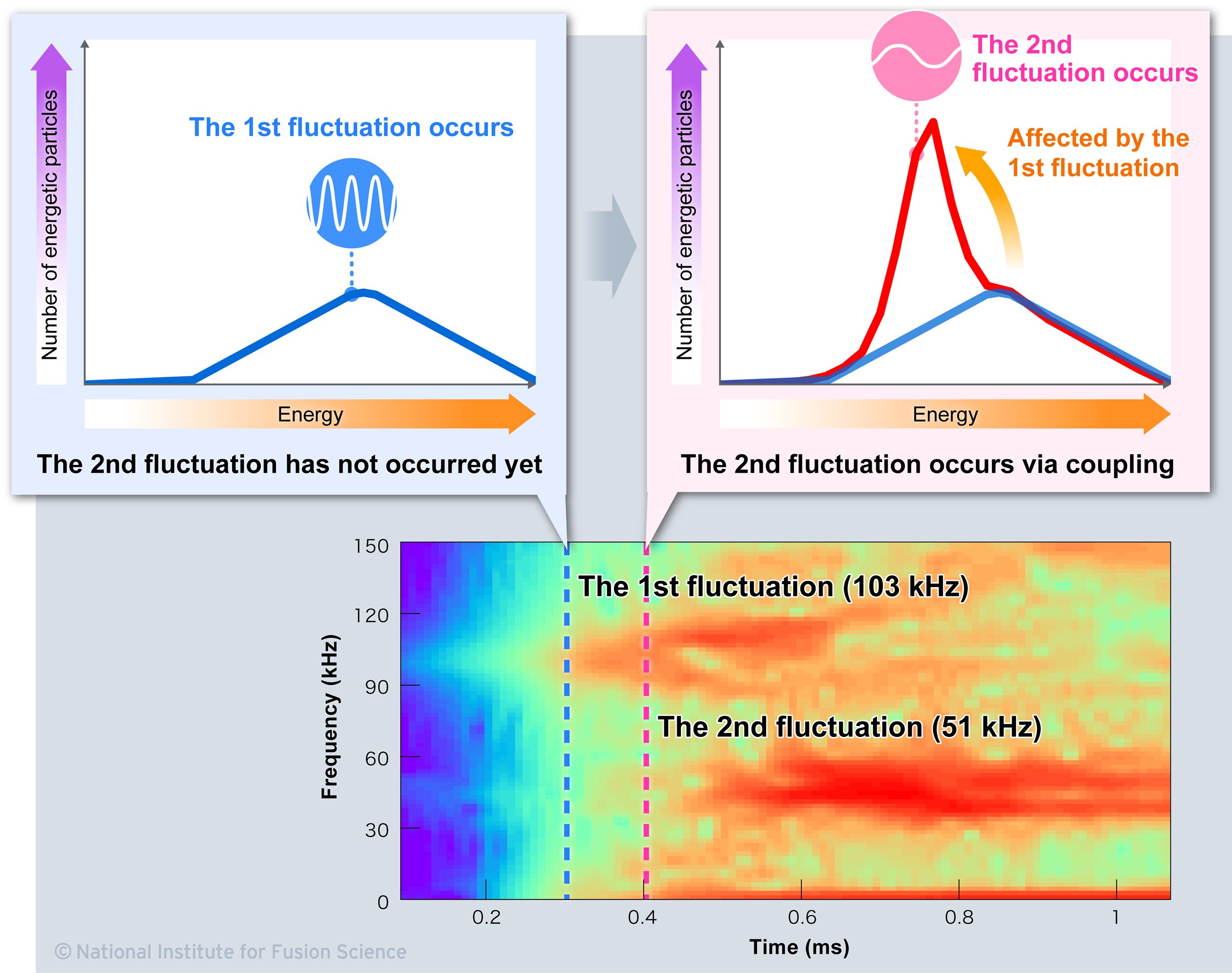Quantum computers—machines that once lived solely in the imaginations of physicists and science fiction writers—are no longer fantasy. They’re real, they’re promising, and they hold the keys to solving some of the most intractable problems in science, economics, medicine, and beyond. But while prototypes and experimental systems have demonstrated remarkable feats, practical, large-scale quantum computing remains just out of reach. Why?
Because quantum computers are, in a word, fragile.
These machines rely on quantum bits, or qubits, the most sensitive information carriers ever conceived. Unlike classical bits that exist as either 0 or 1, qubits can hold both states at once, thanks to the mind-bending principle of superposition. Moreover, they can become entangled, meaning the state of one qubit can instantaneously influence another, even at great distances. These uniquely quantum traits allow for astronomical computing power—but they also make qubits extraordinarily vulnerable to even the tiniest environmental disturbances.
Now, an international team of researchers from Chalmers University of Technology in Sweden and Aalto University and the University of Helsinki in Finland has announced a breakthrough that could change the game. They’ve engineered a new exotic quantum material—one that’s not only built for the job but also stable enough to weather the chaos of the real world. And here’s the twist: instead of relying on rare quantum effects, they’ve harnessed an everyday force that has been with us since the dawn of civilization—magnetism.
The implications? Nothing short of a potential revolution in how we build and operate quantum computers.
The Fragility Problem
To understand the significance of this discovery, we need to first grasp why quantum computing is so hard.
At the atomic scale, the rules of physics are different. Particles behave like waves, existing in multiple states simultaneously, jumping unpredictably between energy levels, and communicating across vast distances instantaneously. This world, governed by quantum mechanics, is both fascinating and absurd—at least by the standards of classical physics.
Quantum computers are designed to tap into this weirdness. But maintaining the delicate quantum states that make them powerful is a monumental task. A single stray photon, a tiny fluctuation in temperature, or a barely-there vibration can knock qubits out of alignment. When that happens, the quantum information is lost, the calculations collapse, and the machine fails.
This sensitivity is one of the biggest barriers to scaling up quantum computers and making them practical for solving real-world problems—like modeling molecular structures for drug design, optimizing global logistics networks, or cracking encryption algorithms that safeguard digital information.
The Topological Lifeline
Over the past decade, researchers have turned to an area of mathematics called topology to find answers.
Topology is the study of properties that remain constant even when objects are stretched, twisted, or deformed—like turning a donut into a coffee mug (topologically, they’re the same because each has one hole). In quantum physics, topological materials are those whose quantum states are protected by the geometry of their structure. These states are known as topological excitations.
Why does this matter? Because topological states are naturally immune to many forms of environmental noise. Theoretically, you could encode quantum information into these stable states and dramatically reduce the risk of decoherence—the process that destroys quantum information.
In short, topological quantum computing could offer the holy grail: powerful machines that don’t crumble at the first sign of trouble.
But there’s been a catch.
Until now, creating these topological quantum states required an ingredient that’s notoriously rare: spin-orbit coupling. This subtle quantum effect links an electron’s intrinsic spin to its orbital motion around the nucleus. While powerful, it’s only found in a limited class of exotic materials—meaning your recipe for a stable quantum computer was restricted to a very narrow menu.
Magnetism Enters the Picture
That’s what makes the new discovery so remarkable. Instead of chasing down rare spin-orbit materials, the team from Chalmers, Aalto, and Helsinki found a way to achieve topological stability using magnetism, an abundant and well-understood force.
In their paper, titled “Topological Zero Modes and Correlation Pumping in an Engineered Kondo Lattice,” published in Physical Review Letters, the researchers introduced a new class of engineered quantum material—a type of Kondo lattice—that naturally hosts robust topological states, thanks to magnetic interactions rather than spin-orbit coupling.
“This is a completely new type of exotic quantum material that can maintain its quantum properties when exposed to external disturbances,” says Guangze Chen, postdoctoral researcher at Chalmers University of Technology and the lead author of the study. “It can contribute to the development of quantum computers robust enough to tackle quantum calculations in practice.”
This approach turns the old topological recipe on its head. Magnetism is everywhere. It’s easier to find, easier to control, and vastly more scalable. That means researchers now have a much wider playing field for discovering and building the next generation of quantum materials.
Chen puts it simply: “You can compare it to baking with everyday ingredients rather than using rare spices.”
Building Stability from the Ground Up
The heart of this discovery lies in the concept of a Kondo lattice—a theoretical model used to describe systems where localized magnetic moments (like those in certain atoms) interact with conduction electrons (which can move freely through a material). By precisely engineering these interactions, the researchers were able to create correlation pumping, a mechanism that produces topological zero modes—ultra-stable quantum states that persist even under environmental disturbances.
It’s a bit like designing a skyscraper with built-in earthquake resistance, rather than hoping it survives on sheer luck. The resilience isn’t added later—it’s woven into the blueprint.
And that’s key. Because real-world quantum computers need to function outside of sterile laboratories. They need to survive in data centers, in research facilities, even—someday—on satellites or in harsh industrial environments. If their components are fundamentally unstable, they’ll never make it.
But a qubit made from a topological material based on magnetic stability? That’s a different story.
A New Era of Discovery
Beyond the creation of the new material itself, the researchers went a step further: they developed a computational tool capable of directly measuring the topological strength of a material.
That means scientists can now simulate and evaluate the quantum stability of new materials before they’re ever physically synthesized. It’s like having a telescope that lets you see not just stars, but the chemical recipes of the stars that haven’t been born yet.
“Our hope is that this approach can help guide the discovery of many more exotic materials,” says Chen. “Ultimately, this can lead to next-generation quantum computer platforms, built on materials that are naturally resistant to the kind of disturbances that plague current systems.”
This tool could spark a new gold rush in quantum materials science. Researchers can now scan a broader range of compounds—many previously ignored because they lacked spin-orbit coupling—and uncover hidden topological properties using magnetism as the key.
Quantum Potential Meets Real-World Resilience
The dream of quantum computing isn’t just about speed. It’s about capability.
A quantum computer could model chemical reactions down to the quantum level—something that even today’s supercomputers struggle with. It could optimize vast transportation networks with billions of variables. It could revolutionize materials design, break cryptographic codes, and simulate the universe’s most fundamental processes.
But none of that will happen unless the machines can be trusted to operate reliably, even amid inevitable noise and environmental chaos.
That’s what makes this breakthrough so exciting. It’s not just a technical achievement—it’s a philosophical shift. It’s a reimagining of how we approach quantum materials, one that opens the door to practical, resilient quantum computing.
What Comes Next?
There’s still a long road ahead. The material designed by the Chalmers–Aalto–Helsinki team has been demonstrated in theoretical models and early lab settings. Turning it into a scalable platform for building actual quantum processors will require years of development, experimentation, and refinement.
But the direction is clear—and for the first time in a long time, the path seems navigable.
With magnetism now part of the toolkit, quantum scientists have a new weapon against noise, error, and fragility. The foundation for a more stable, practical, and scalable quantum future is being laid—not in theory, but in the design of the materials themselves.
And perhaps most importantly, the discovery reflects a larger trend in quantum science: rethinking the rules, challenging assumptions, and finding surprising answers in familiar places. As it turns out, the key to the quantum future may not lie in exotic, rare phenomena—but in the everyday force that once guided our compasses and shaped our understanding of Earth itself.
Magnetism. Simple. Ubiquitous. And now, essential.


